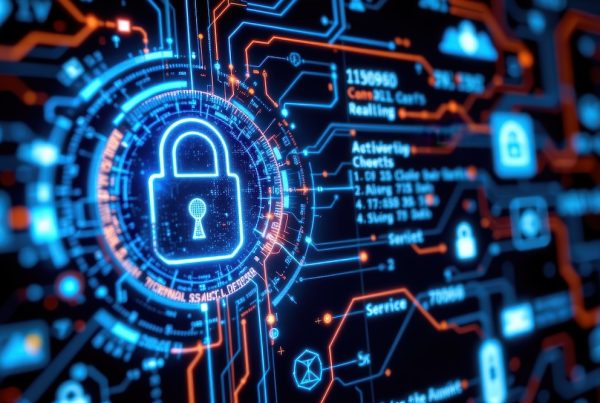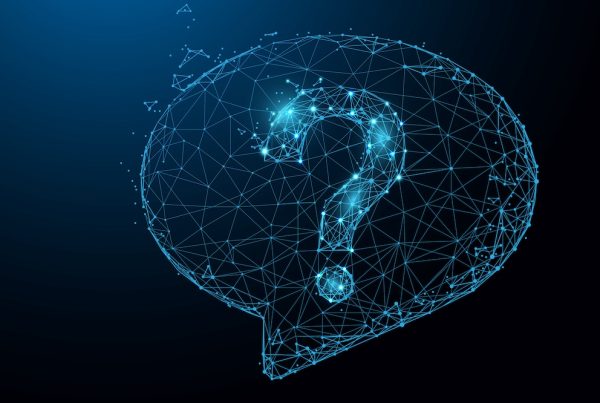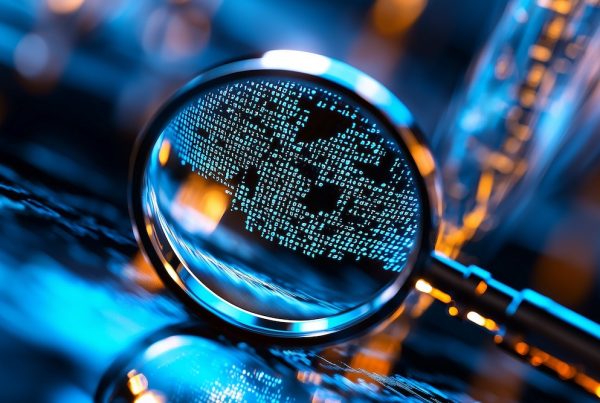Cybersecurity is evolving quickly as we head into 2026. Innovation has transformed how businesses work, giving them smarter tools and faster systems than ever before. But that same progress has also reshaped the threat landscape. Artificial intelligence, automation, and always-on connectivity have changed how organizations operate, and how attackers think, plan, and strike.
The Evolving Threat Landscape
In the past, most attacks came from phishing emails or malware that spread through careless clicks. Those risks still exist, but new ones are emerging. Deepfake technology is now being used to impersonate executives and trick employees into transferring funds or sharing sensitive data. AI-driven malware can adjust its behavior in real time to avoid detection. Even legitimate software updates have become targets for supply chain attacks.
Remote work and cloud expansion have also increased the number of entry points for attackers. Every connected device and every cloud app can become a doorway if it is not properly managed. For small and midsize businesses, this creates a challenge. Security once handled by a single IT person now requires specialized oversight and constant review.
Preparing for 2026 and Beyond
Preparation today means moving from a reactive mindset to a proactive one. Businesses must assume that threats are always evolving and that prevention depends on both technology and strategy. Regular risk assessments, employee awareness training, and multi-factor authentication remain vital. So does data backup and recovery planning. But to stay ahead, businesses need leadership that understands how these elements fit together into a complete security posture.

That is where vCISO services come in. A virtual Chief Information Security Officer provides the same strategic insight as a full-time CISO but on a flexible basis. This service model gives smaller organizations access to senior-level cybersecurity expertise without the cost of a full-time executive. A vCISO reviews policies, manages compliance requirements, assesses vendor risks, and helps shape a long-term roadmap for security investments.
Rather than just installing new tools, a vCISO helps align cybersecurity with the business itself. They identify what data is most valuable, where the biggest weaknesses lie, and what controls will make the most impact. This approach ensures that security planning is not just a technical checklist but a measurable part of the company’s strategy.
Moving Forward
Cybersecurity in 2026 will not hinge on one kind of attack but on the constant shift in tactics. Staying prepared means understanding that threats will keep changing and that leadership must adapt in stride.
Investing in strategic guidance through vCISO services, combined with strong training and layered defenses, gives organizations the best chance to stay secure.
The future will favor businesses that see cybersecurity not as an expense but as a foundation for trust, continuity, and resilience. Those that plan now will be ready when the next wave of threats arrives.



